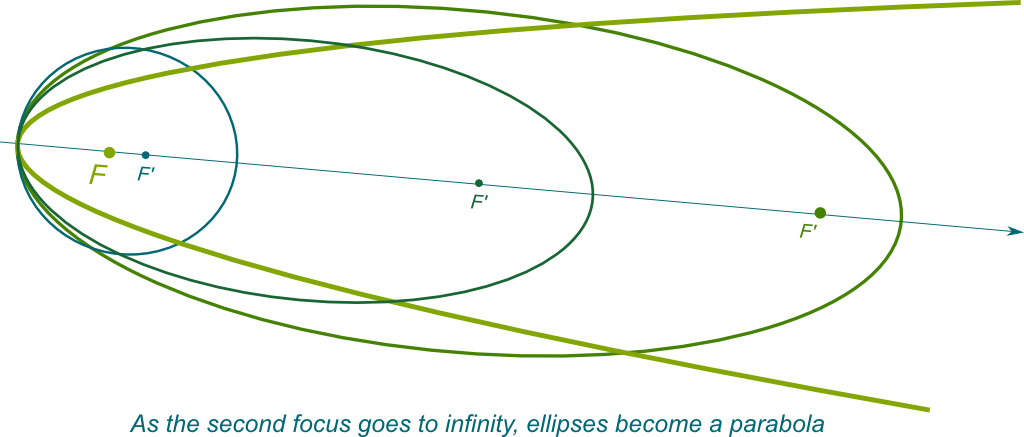
The Misinterpretation of Parabolic Growth
Modern economic and geopolitical forecasting often treats complex, recursive systems as if they can be accurately represented on a flat, two-dimensional graph. In this simplified form, the trajectory of a process is charted as a parabola or, in the most optimistic projections, as a parabola whose upward leg is assumed to extend indefinitely. This reduction is not merely a matter of visual convenience; it is a structural misrepresentation of the underlying mathematics of growth and decay. The initial sweep of many real-world processes is mistakenly taken as the whole story, much as a portrait of a person might be drawn from only the foot.
The true path of such systems is rarely a parabola at all. In reality, many exhibit a form of recursive growth that is proportionally constrained, causing the trajectory to curve inward upon itself over time. The first visible leg may appear steep and expansive, but as the recursion iterates, each loop contracts relative to the last. The result is an inward-turning spiral, more akin to the structure of a snail’s shell than to any schoolbook quadratic. In this geometry, the idea of a smooth, unbounded upward projection collapses, because the very mechanism that generates growth also imposes limits on the scale of each successive cycle.
This misinterpretation has profound consequences for how we understand economic systems such as the postwar United States model, where gross domestic product has been deeply intertwined with the projection of military power. The prevailing model treats military expenditure and geopolitical intervention as inputs that can produce sustained or even accelerating economic growth. Early in the cycle, the curve of benefit is steep, giving the impression of a self-reinforcing climb. In practice, each cycle draws resources from the same source pool, with losses and inefficiencies accumulating at each turn. Over time, the system produces less output per unit of input, and the curve begins to bend inward, creating a spiral whose loops tighten until the process becomes self-consuming.
The danger lies not only in the mechanics of the spiral but in the refusal to model it accurately. When a forecasting system treats the initial outward curve as representative of the long-term trajectory, it draws a tangent line that points ever upward and assumes that this angle will be maintained. In reality, the system is already arcing inward, and the outward slope will never be sustained to infinity. The point at which the curve begins to turn is often invisible in the simplified projection, creating a false sense of security and masking the inevitability of contraction.
In recursive models, certain conditions signal the need to change the nature of recursion itself. A key example is the emergence of zeros in denominators within the governing equations. This is not simply a mathematical inconvenience; it is an indication that the feedback process as currently structured has reached a structural limit or singularity. Continuing the same recursion under these conditions produces undefined or contradictory results, signaling that the system must be reformulated to avoid collapse.
The parabolic misinterpretation thrives because it is easy to draw, easy to understand, and comforting in its suggestion of permanence. The spiral or even the elliptical-ortibal model is harder to accept because it requires acknowledging that growth is finite, self-limiting, and always in the process of turning back toward itself. Yet without adopting this more accurate framework, policymakers, economists, and the public will continue to act on projections that are fundamentally detached from the geometry of reality.
In recognizing the spiral form, we gain more than a corrective metaphor. We begin to see that the forces which drive expansion also contain the seeds of their own inward curve. A snail’s shell grows by the same proportion in each turn, but its size is constrained by the material it can gather and the space it can inhabit. So too with our economies and empires. The line was never meant to reach infinity. It was always part of a spiral or an ellipse, and the sooner we see it, the sooner we can decide whether to keep turning inward or to change the recursion entirely.